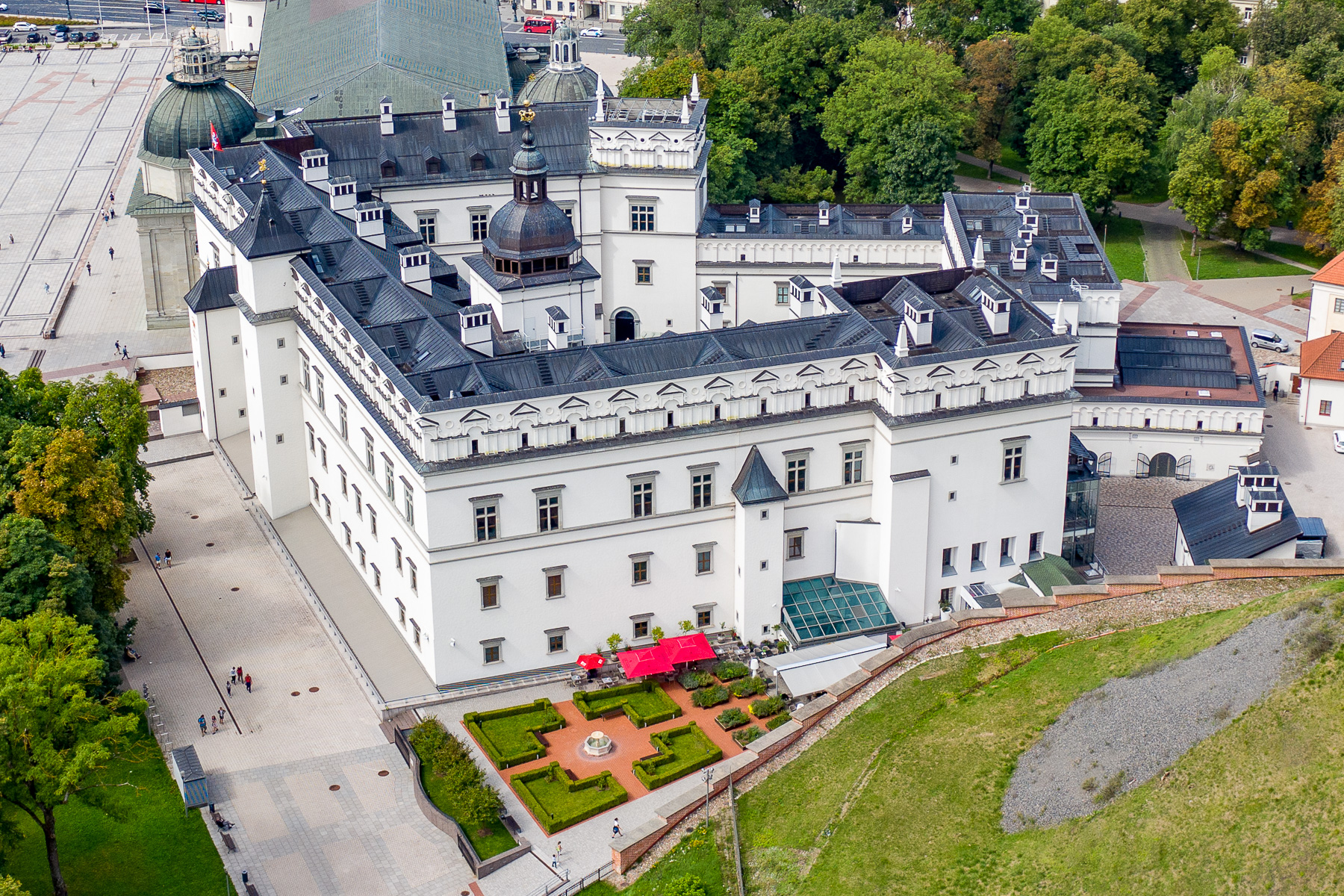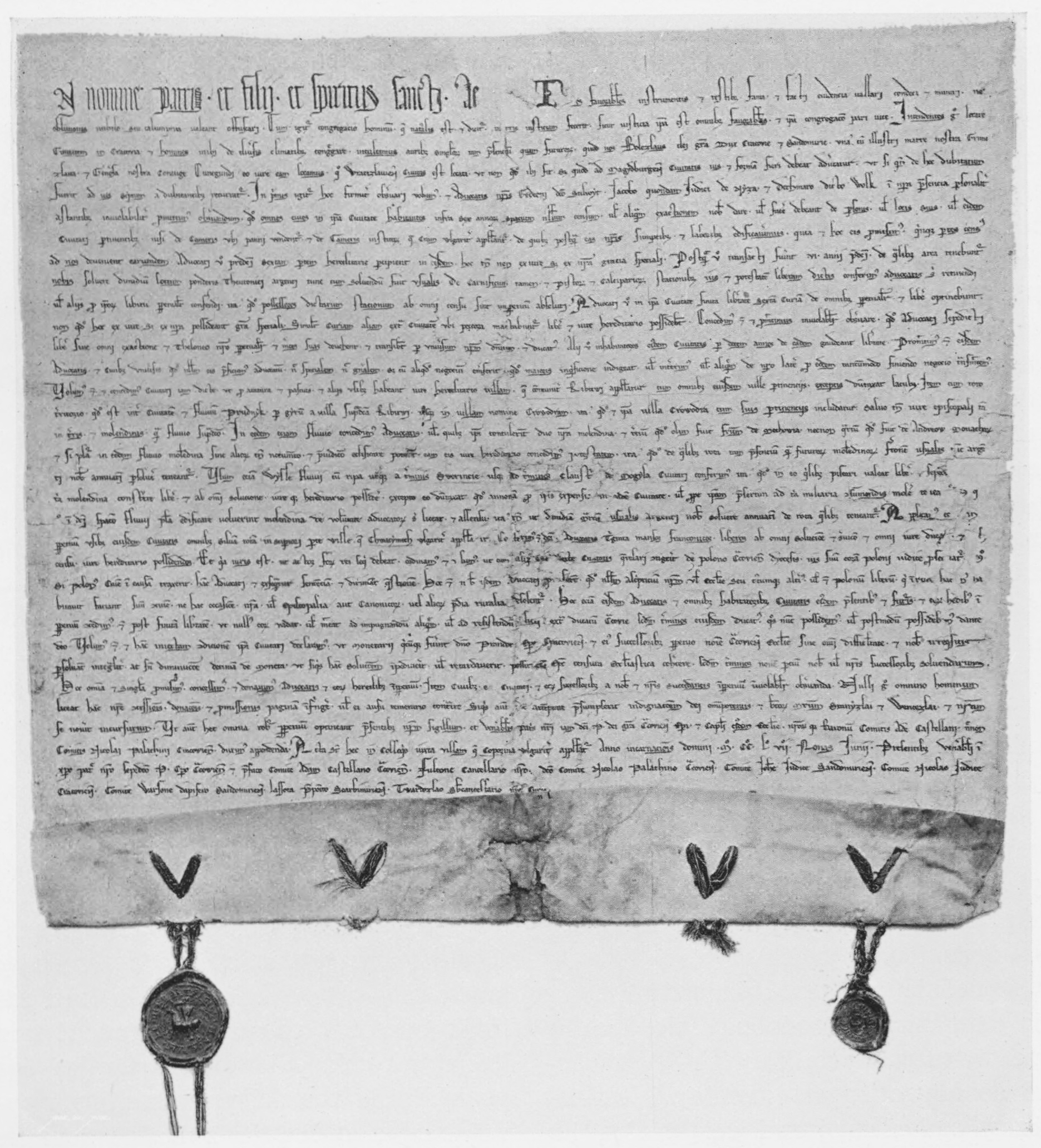|
Vištytis
Vištytis (, , Yiddish: ווישטינעץ ''Vishtinets'') is a small town in Marijampolė County, Vilkaviškis District Municipality in southwestern Lithuania on the border with Russia and close to the border with Poland. It is the administrative center of Vištytis eldership (seniūnija). Geography The town is situated on the northeastern shore of Lake Vištytis, close to the Russian border (Kaliningrad Oblast). The town has preserved its street structure and market square since the 18th century. Vištytis Regional Park is near the town. Southwest is Vištytis hill fort, and in a nearby village, Nebūtkiemis is a big ''Vištytis'' stone, preserved geological artifact. History Vištytis was established in the first half of the 16th century, on the border with the Duchy of Prussia. The first mention of the Višytis manor dates from 1538. Around it a settlement of Lithuanian, Polish and German inhabitants started to grow rapidly. On September 8, 1570, Sigismund II Augustus, ... [...More Info...] [...Related Items...] OR: [Wikipedia] [Google] [Baidu] |
Royal City In Polish–Lithuanian Commonwealth
In the history of Poland, a royal city or royal town () was an urban settlement within the crown lands (). The most influential royal cities enjoyed voting rights during the free election period in Poland (1572–1791). These cities were Gdańsk, Warsaw, Kraków, Poznań, Lwów, Wilno, Toruń, Lublin, Kamieniec and Elbląg. Other important royal cities included Gniezno (ecclesiastical capital of Poland and former capital of early medieval Poland), Płock (former capital of medieval Poland), Piotrków (second most important political center of Poland in the early and mid-16th century as the main location of the Sejm, and then the main Crown Tribunal location alongside Lublin, thus one of the two judiciary capitals of Poland), Grodno (''de facto'' capital of the Polish–Lithuanian Commonwealth in the 1580s and then the general sejm location alongside Warsaw), Bydgoszcz and Kalisz (temporary locations of the Crown Tribunal), and Sandomierz, Przemyśl, Kazimierz. Law on the Cities ... [...More Info...] [...Related Items...] OR: [Wikipedia] [Google] [Baidu] |
List Of Towns In Lithuania
Towns in Lithuania (singular: , as diminutive of ''miestas'') retain their historical distinctiveness even though for statistical purposes they are counted together with villages. At the time of the Lithuanian census of 2001, census in 2001, there were List of cities in Lithuania, 103 cities, 244 towns, and some 21,000 villages in Lithuania. Since then three cities (Juodupė, Kulautuva, and Tyruliai) and two villages (Salakas and Jūrė) became towns. Therefore, during the Lithuanian census of 2011, there were 249 towns in Lithuania. According to Lithuanian law, a town is a compactly-built settlement with a population of 500–3,000 and at least half of the population works in economic sectors other than agriculture. [...More Info...] [...Related Items...] OR: [Wikipedia] [Google] [Baidu] |
Lithuania
Lithuania, officially the Republic of Lithuania, is a country in the Baltic region of Europe. It is one of three Baltic states and lies on the eastern shore of the Baltic Sea, bordered by Latvia to the north, Belarus to the east and south, Poland to the south, and the Russian exclave, semi-exclave of Kaliningrad Oblast to the southwest, with a Maritime boundary, maritime border with Sweden to the west. Lithuania covers an area of , with a population of 2.89 million. Its capital and largest city is Vilnius; other major cities include Kaunas, Klaipėda, Šiauliai and Panevėžys. Lithuanians who are the titular nation and form the majority of the country's population, belong to the ethnolinguistic group of Balts and speak Lithuanian language, Lithuanian. For millennia, the southeastern shores of the Baltic Sea were inhabited by various Balts, Baltic tribes. In the 1230s, Lithuanian lands were united for the first time by Mindaugas, who formed the Kingdom of Lithuania on 6 July ... [...More Info...] [...Related Items...] OR: [Wikipedia] [Google] [Baidu] |
Elderships Of Lithuania
A ''seniūnija'' (in English: eldership, elderate, ward, parish, or subdistrict) is the smallest Subdivisions of Lithuania, administrative division of Lithuania. An eldership may comprise a very small region consisting of few villages, one single town, or a part of a big city. Elderships vary in size and population depending on their location and nature. A few elderships make up a municipality. Šilainiai, Dainava (Kaunas), Dainava, Verkiai, Žirmūnai and Pašilaičiai are the most populous elderates, with population counts over , around twice the population of some entire municipalities. Elderships manage small-scale local matters, such as repairing pavements and dirt roads, and keep records on all families living in the eldership. The premise of the concept is that — unlike in higher administrative divisions — an Elder (administrative title), elder (the leader of the eldership) could have time to talk to every person in the eldership who wants to. Modern Lit ... [...More Info...] [...Related Items...] OR: [Wikipedia] [Google] [Baidu] |
Marijampolė County
Marijampolė County () is one of the ten counties of Lithuania, counties in Lithuania. It is in the southwest of the country and roughly corresponds to the historical region of Suvalkija, Sudovia. Its Capital (political), capital and the largest town is Marijampolė. On 1 July 2010, the county administration was abolished, and since that date, Marijampolė County remains as a territorial and statistical unit. It borders the Tauragė County in the north, Kaunas County and Alytus County in the east, Podlaskie Voivodeship of Poland in the south and Kaliningrad Oblast of Russia in the west. History The county includes part of the ancient Sudovian lands. After the long fights with the Teutonic Order in the late 13th - 14th centuries, most of the old inhabitants of Sudovia were decimated and the land was ravaged. Sudovia began to recover in the late 15th century, when settlers from various parts of Grand Duchy of Lithuania began to occupy former Sudovian lands. The close proximity ... [...More Info...] [...Related Items...] OR: [Wikipedia] [Google] [Baidu] |
Sigismund II Augustus
Sigismund II Augustus (, ; 1 August 1520 – 7 July 1572) was King of Poland and Grand Duke of Lithuania, the son of Sigismund I the Old, whom Sigismund II succeeded in 1548. He was the first ruler of the Polish–Lithuanian Commonwealth and the last male monarch from the Jagiellonian dynasty. Sigismund was elder of two sons of Italian-born Bona Sforza and Sigismund the Old, and the only one to survive infancy. From the beginning he was groomed and extensively educated as a successor. In 1529 he was chosen as king in '' vivente rege'' election while his father was still alive. Sigismund Augustus continued a tolerance policy towards minorities and maintained peaceful relations with neighbouring countries, with the exception of the Northern Seven Years' War which aimed to secure Baltic trade. Under his patronage, culture flourished in Poland; he was a collector of tapestries from the Low Countries and collected military memorabilia as well as swords, armours and jewellery. Sigism ... [...More Info...] [...Related Items...] OR: [Wikipedia] [Google] [Baidu] |
Grand Duke Of Lithuania
This is a list of Lithuanian monarchs who ruled Lithuania from its inception until the fall of the Grand Duchy of Lithuania in 1795. The Lithuanian monarch bore the title of Grand duke, Grand Duke, with the exception of Mindaugas, who was crowned king in 1253. Other Lithuanian rulers, such as Vytautas the Great, also attempted to secure a royal coronation, but these efforts were unsuccessful.Nadveckė, Ineta (6 July 2019Trys Lietuvos karaliai: vienas tikras, vienas nelabai ir vienas beveik''Lithuanian National Radio and Television, LRT''. Until 1569, the Lithuanian monarchy was hereditary. In 1386, Grand Duke Jogaila was elected King of Poland. From that point onward, with some interruptions, the two states were united in a personal union, sharing a common ruler until 1569, when they were formally merged by the Union of Lublin to form the Polish–Lithuanian Commonwealth. The monarch of this new state was elected in a free election by the entire nobility. From the Christianizat ... [...More Info...] [...Related Items...] OR: [Wikipedia] [Google] [Baidu] |
Magdeburg Rights
Magdeburg rights (, , ; also called Magdeburg Law) were a set of town privileges first developed by Otto I, Holy Roman Emperor (936–973) and based on the Flemish Law, which regulated the degree of internal autonomy within cities and villages granted by the local ruler. Named after the city of Magdeburg, these town charters were perhaps the most important set of Middle Ages, medieval laws in Central Europe. They became the basis for the German town laws developed during many centuries in the Holy Roman Empire. The Magdeburg rights were adopted and adapted by numerous monarchs, including the rulers of Crown of Bohemia, Bohemia, Kingdom of Hungary, Hungary, Crown of Poland, Poland, and Grand Duchy of Lithuania, Lithuania, a milestone in the urbanization of the region which prompted the development of thousands of villages and cities. Provisions Being a member of the Hanseatic League, Magdeburg was one of the most important trade cities, maintaining commerce with the Low Countries ... [...More Info...] [...Related Items...] OR: [Wikipedia] [Google] [Baidu] |
Coat Of Arms
A coat of arms is a heraldry, heraldic communication design, visual design on an escutcheon (heraldry), escutcheon (i.e., shield), surcoat, or tabard (the last two being outer garments), originating in Europe. The coat of arms on an escutcheon forms the central element of the full achievement (heraldry), heraldic achievement, which in its whole consists of a shield, supporters, a crest (heraldry), crest, and a motto. A coat of arms is traditionally unique to the armiger (e.g. an individual person, family, state, organization, school or corporation). The term "coat of arms" itself, describing in modern times just the heraldic design, originates from the description of the entire medieval chainmail "surcoat" garment used in combat or preparation for the latter. Roll of arms, Rolls of arms are collections of many coats of arms, and since the early Modern Age centuries, they have been a source of information for public showing and tracing the membership of a nobility, noble family, a ... [...More Info...] [...Related Items...] OR: [Wikipedia] [Google] [Baidu] |
Countries Of The World
The following is a list providing an overview of sovereign states around the world with information on their status and recognition of their sovereignty. The 205 listed states can be divided into three categories based on membership within the United Nations System: 193 member states of the United Nations, UN member states, two United Nations General Assembly observers#Current non-member observers, UN General Assembly non-member observer states, and ten other states. The ''sovereignty dispute'' column indicates states having undisputed sovereignty (188 states, of which there are 187 UN member states and one UN General Assembly non-member observer state), states having disputed sovereignty (15 states, of which there are six UN member states, one UN General Assembly non-member observer state, and eight de facto states), and states having a political status of the Cook Islands and Niue, special political status (two states, both in associated state, free association with New ... [...More Info...] [...Related Items...] OR: [Wikipedia] [Google] [Baidu] |
Starost
Starosta or starost (Cyrillic: ''старост/а'', Latin: ''capitaneus'', ) is a community elder in some Slavic lands. The Slavic root of "starost" translates as "senior". Since the Middle Ages, it has designated an official in a leadership position in a range of civic and social contexts throughout Central and Eastern Europe. In reference to a municipality, a ''starosta'' was historically a senior royal administrative official, equivalent to a county sheriff or seneschal, and analogous to a '' gubernator''. In Poland, a ''starosta'' administered crown territory or a district called a '' starostwo''. In the early Middle Ages, a ''starosta'' could head a settled urban or rural community or other community, as in the case of a church starosta or an '' artel'' starosta. A starosta also functioned as a master of ceremonies. Czech Republic and Slovakia In the Czech Republic and Slovakia ''starosta'' is the title of a mayor of a town or village. Mayors of major cities use the ... [...More Info...] [...Related Items...] OR: [Wikipedia] [Google] [Baidu] |





